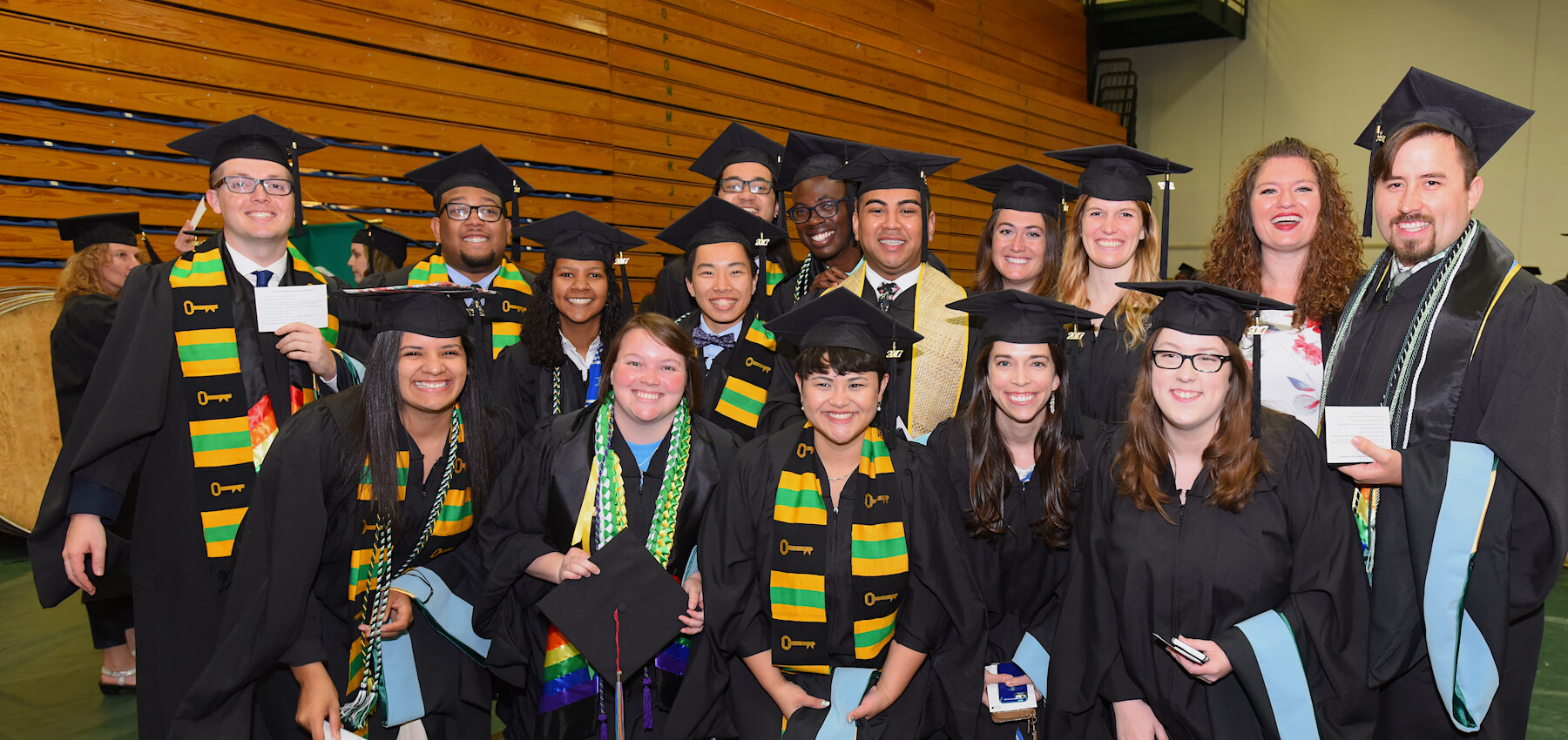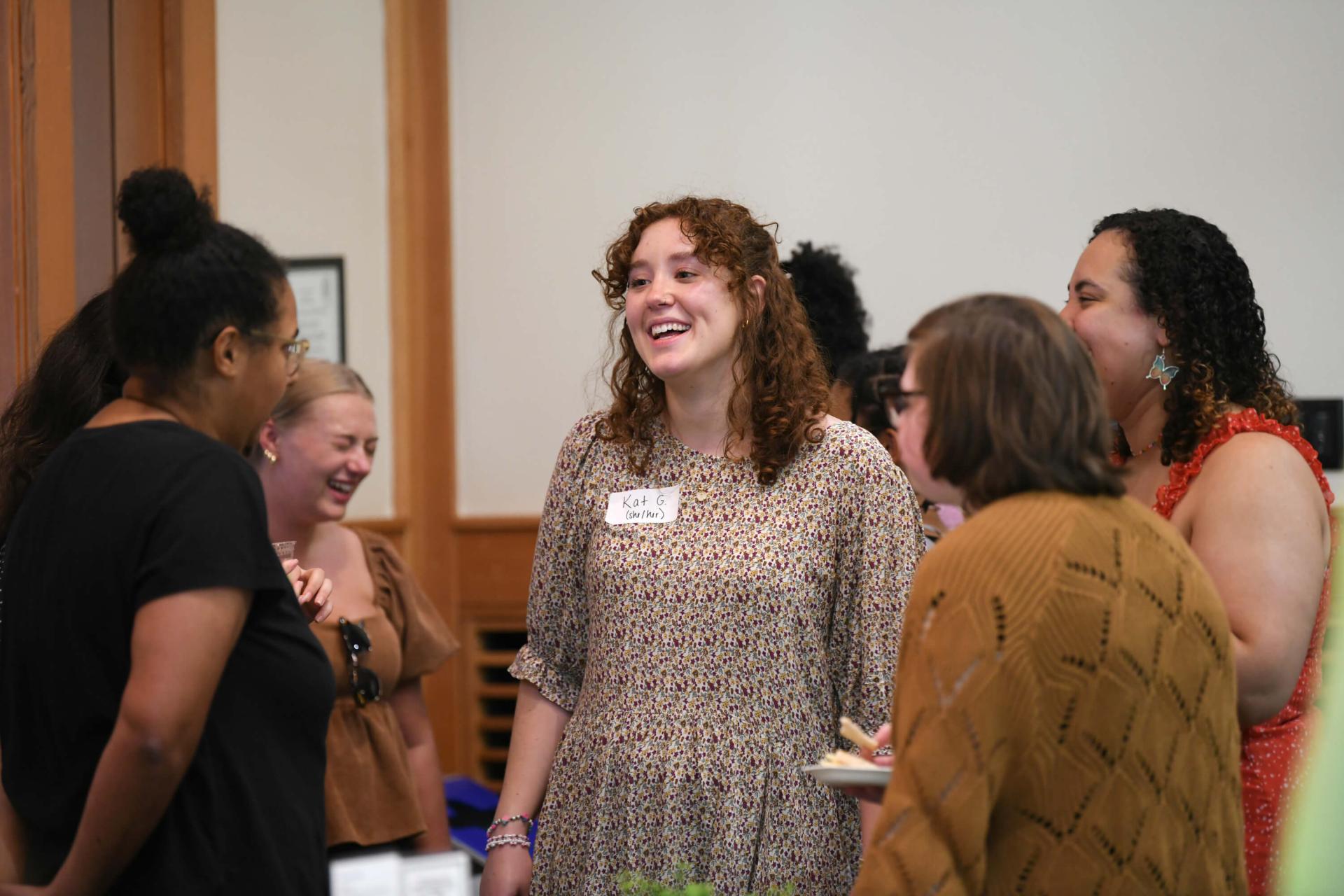
Inspired by the theory-to-practice philosophy of UVM alum John Dewey, the UVM HESA program utilizes an experiential learning model that includes both classroom learning and professional practice. HESA students in the HESA program gain knowledge and experience in the following area:
- College student development
- Research and assessment
- Social justice and inclusion
- Historical foundations of higher education
- Teaching and learning in curricular and co-curricular contexts
- Administration and functions of higher education
- Law and policy
- Organizational theory and development

Curriculum
The HESA MEd curriculum includes a balance of courses aligned with three overall themes:
Foundations of the Profession
Student Learning and Development
Higher Education Administration
Full-time students complete the program in two years taking at least nine credits per semester (three courses). Time to degree for part-time students will vary depending on credits taken per semester, though standard time to completion is three years (six credits / two courses per semester).
Please visit the UVM Graduate Catalogue to further explore the HESA course listing and degree requirements for the current academic year.
Academic Advising
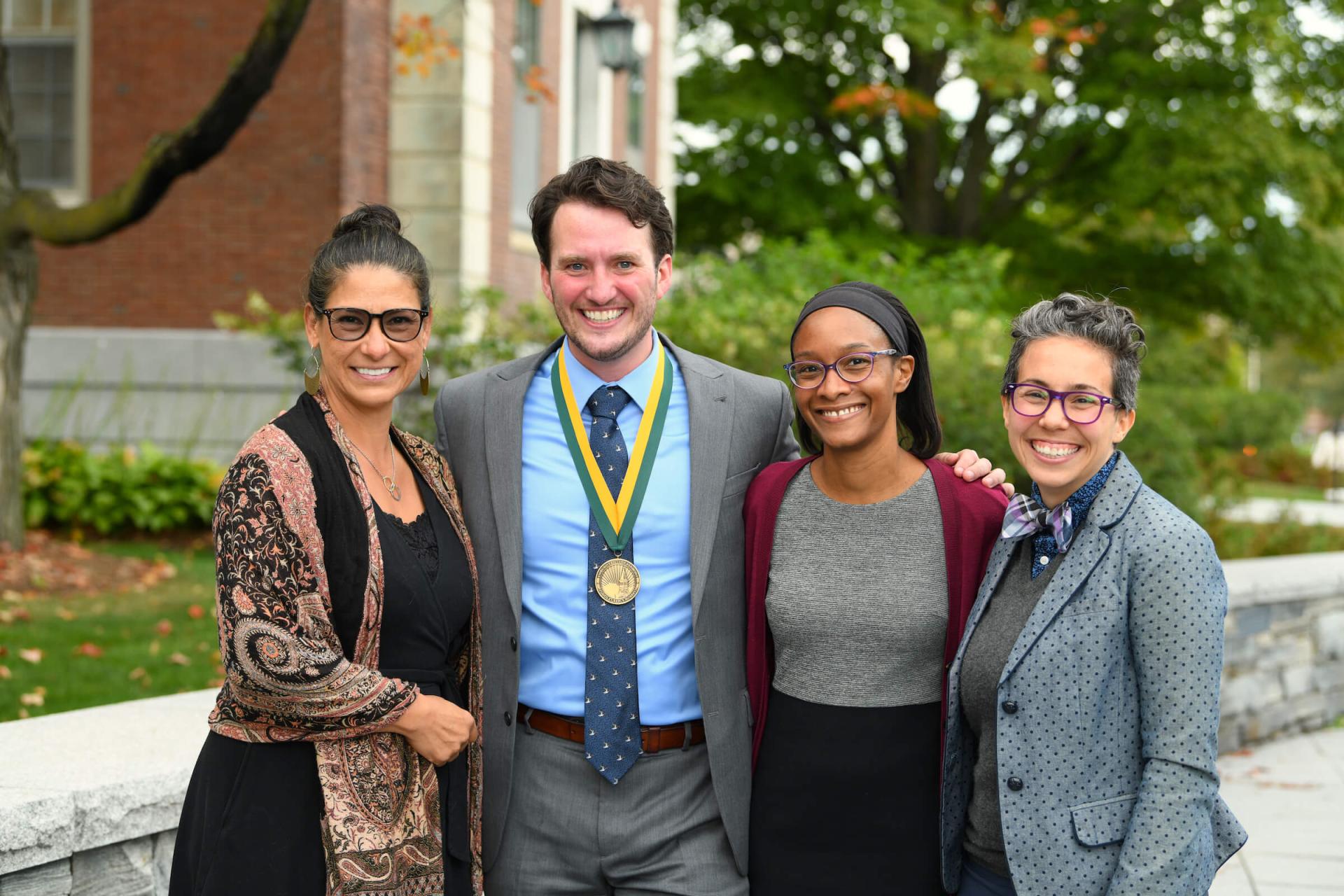
HESA program faculty are available and eager to aid students in reaching their career goals. The core HESA faculty members represent a diverse array of professional experience and scholarly interests.
Faculty advisors are committed to enhancing the quality of each student’s educational experience, including the development of an educator identity grounded in equity and justice. HESA students are each assigned a faculty advisor upon starting the program. Advising meetings are required at least once per semester, though faculty advisors and students may meet more frequently as needed and desired.
Professional Preparation
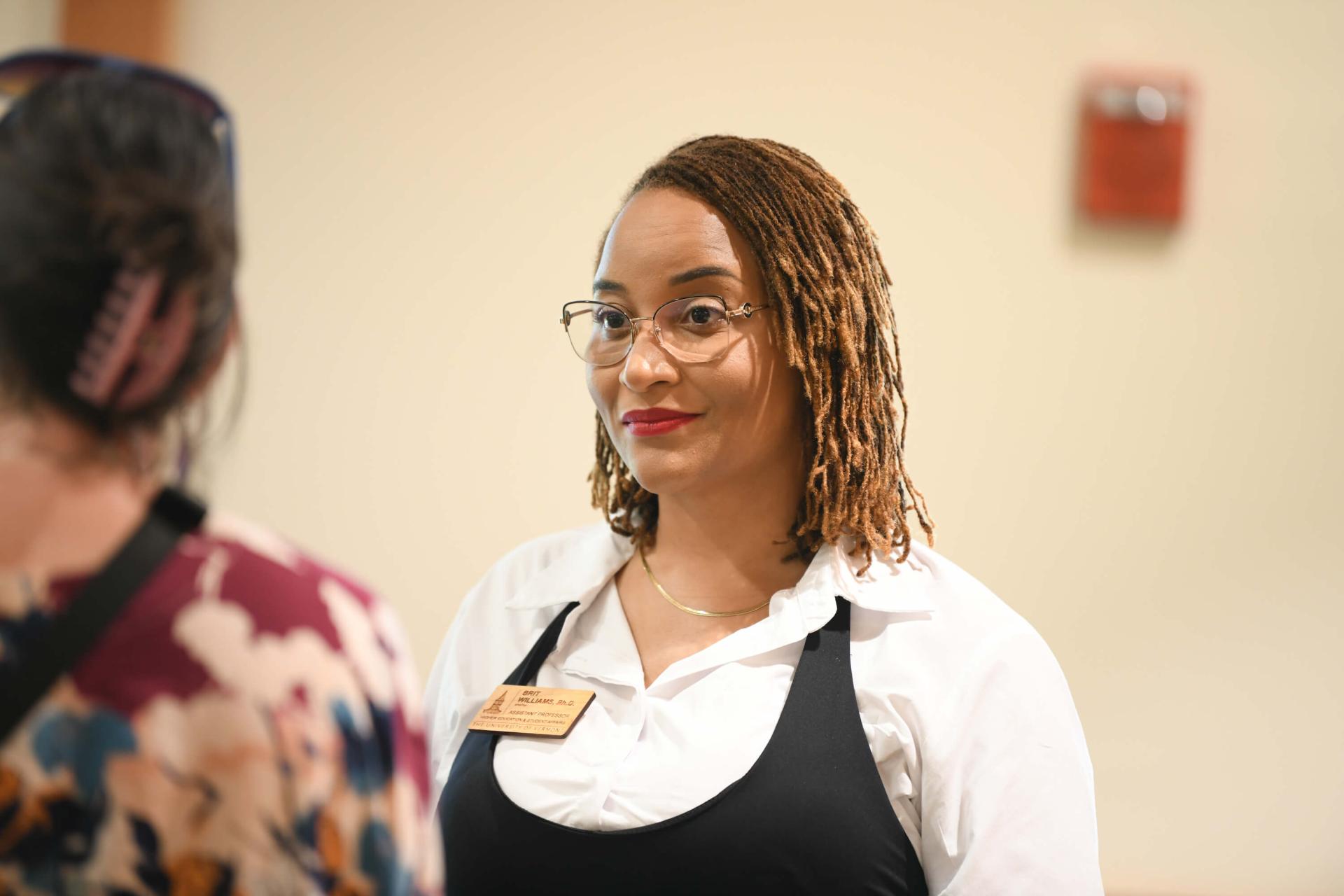
UVM HESA students work as graduate assistants and full- and part-time professionals in higher education while completing their degrees. HESA students also engage in at least one practicum internship that aligns with their educational and career interests. These positions, combined with prior professional and student leadership experience, enable HESA students to make important connections between classroom learning and their practice as educators.
As professionals who apply theory to their work, graduate assistantships and employment are living laboratories for HESA students to learn about and understand the field of higher education and student affairs. These experiences create vibrant classroom discussion as HESA students problem solve, work through ethical dilemmas, and share ways to create optimal educational environments for students.
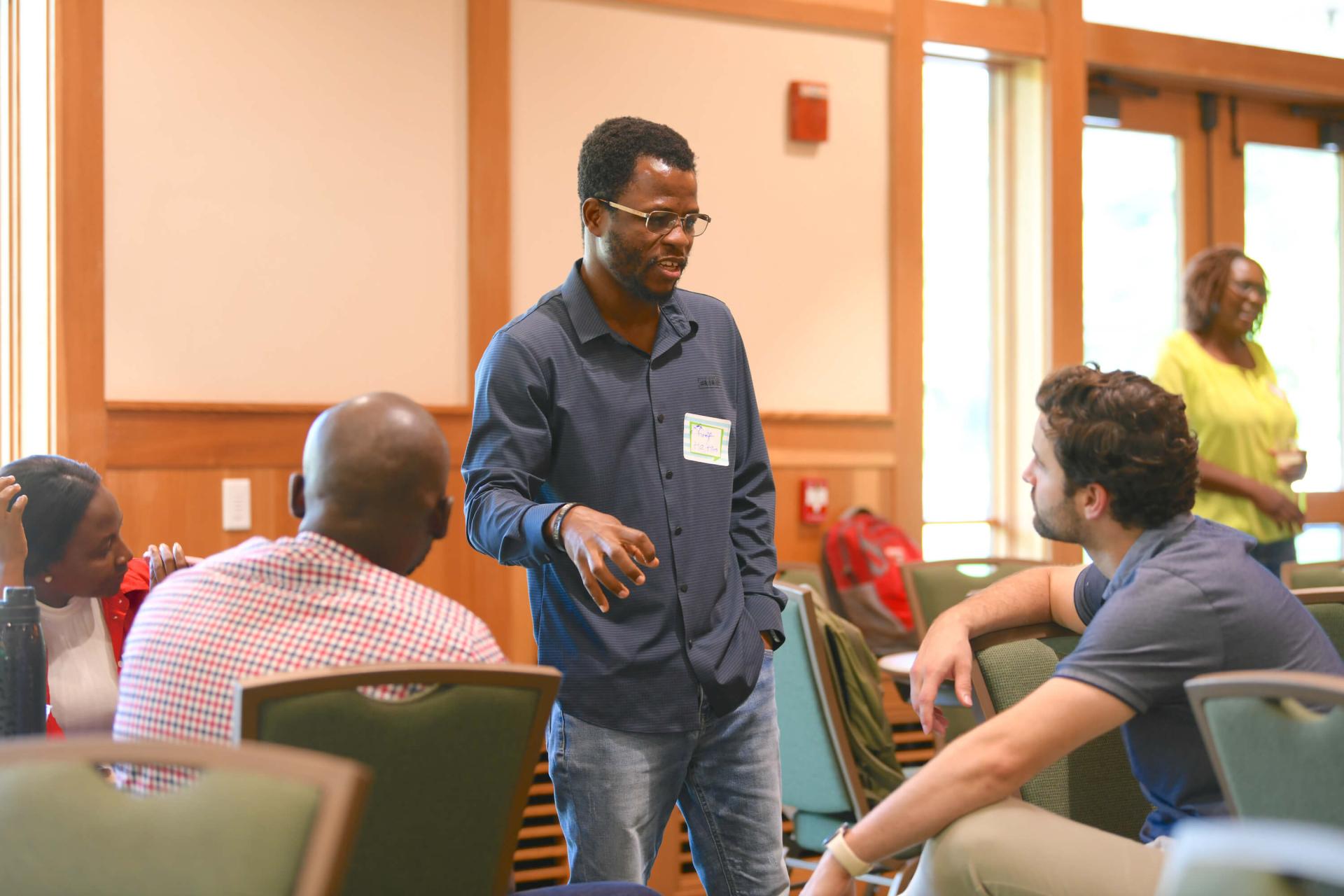
As reflected our mission statement and core values, the four program learning outcomes embrace the ACPA/NASPA professional competencies expected of emerging professionals in higher education and student affairs administration.
- Understand, analyze, and apply the evolving body of scholarship and knowledge that guides student affairs practice.
- Develop, analyze, and apply professional skills and values that guide student affairs practice.
- Recognize, analyze, and act upon individual, institutional, and societal inequities in the pursuit of social justice and inclusion.
- Synthesize knowledge, practice, and social justice and inclusion of self, others, and context.
